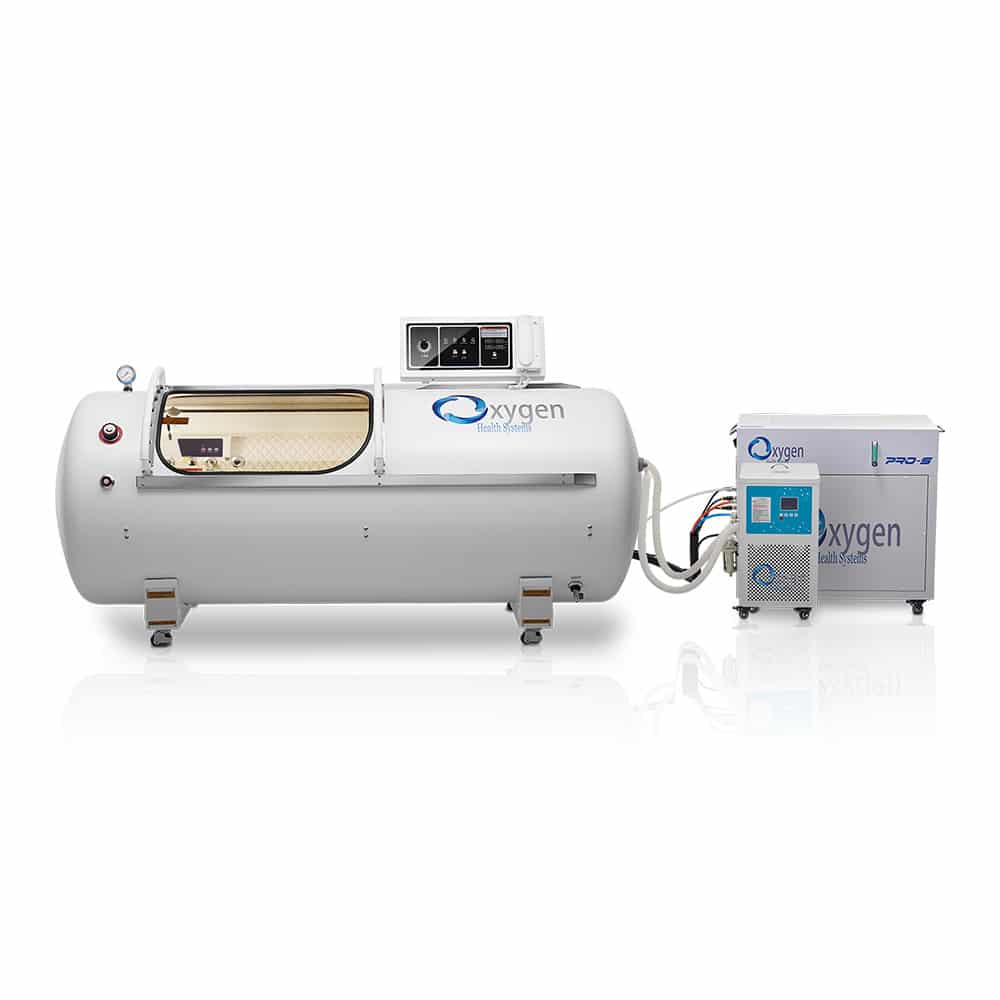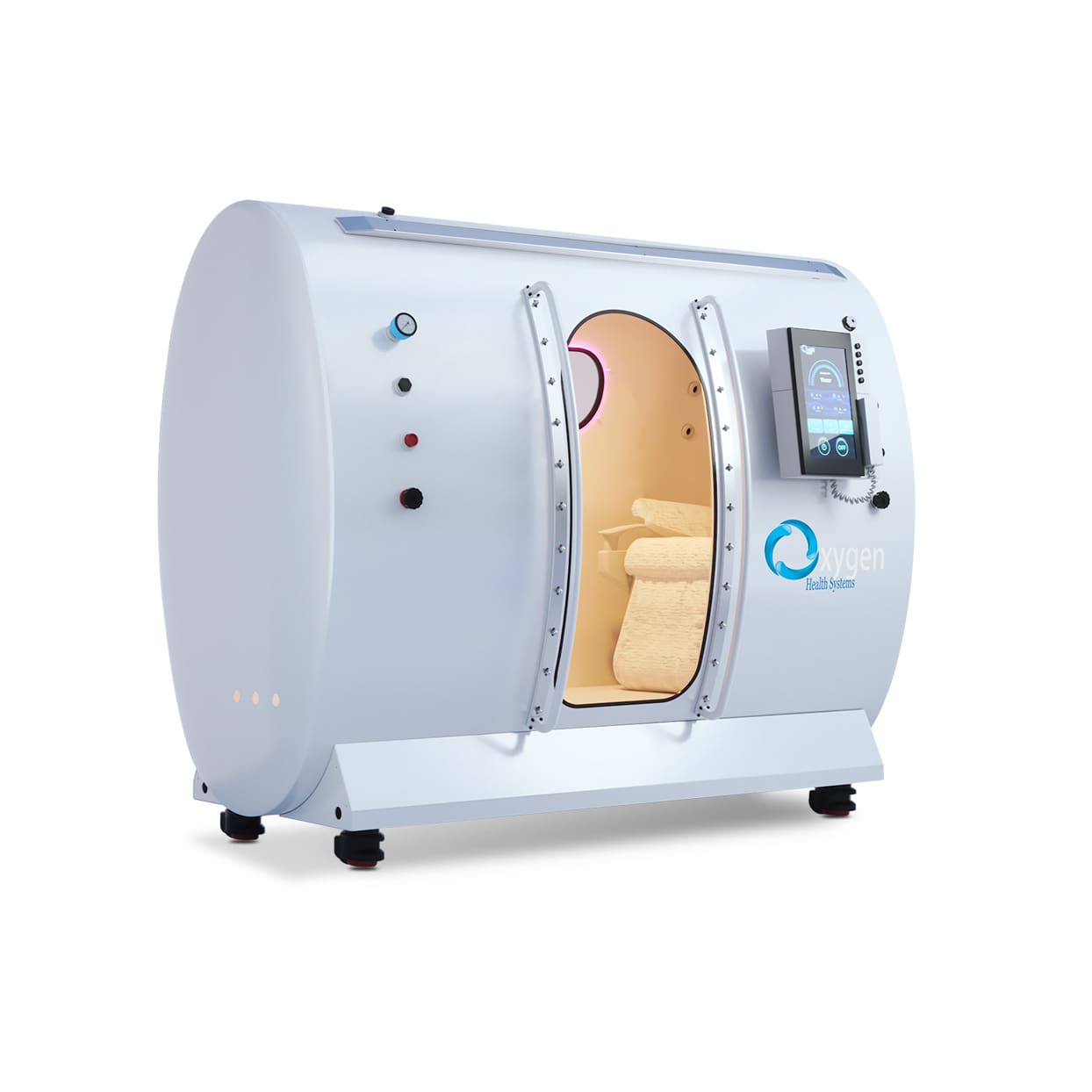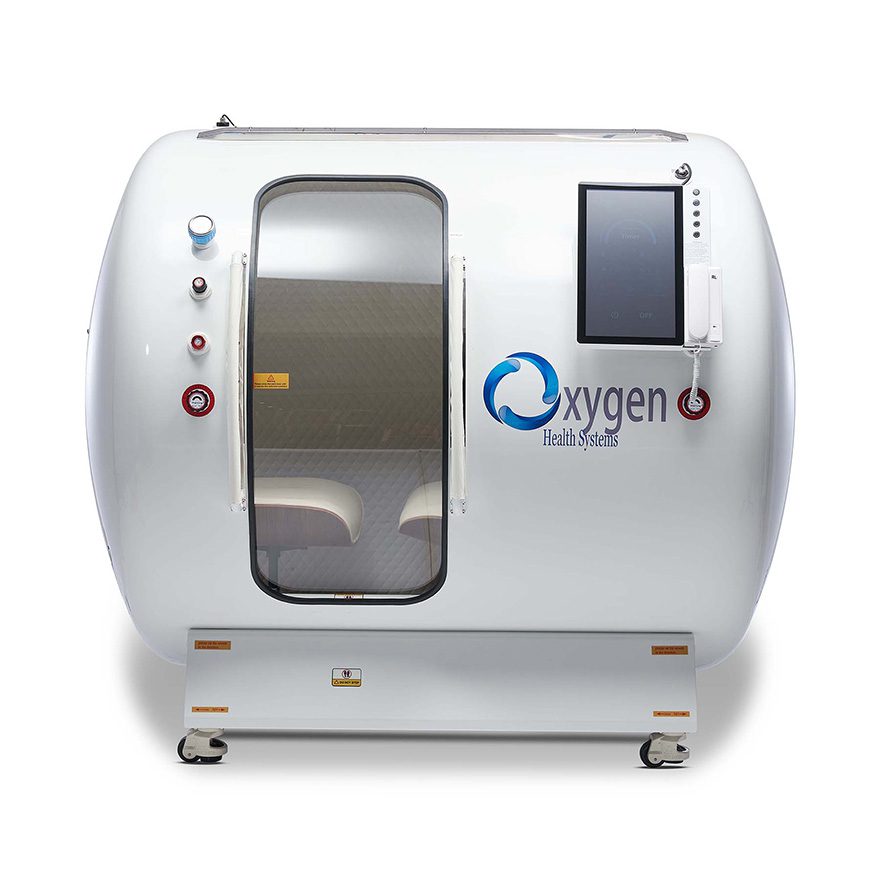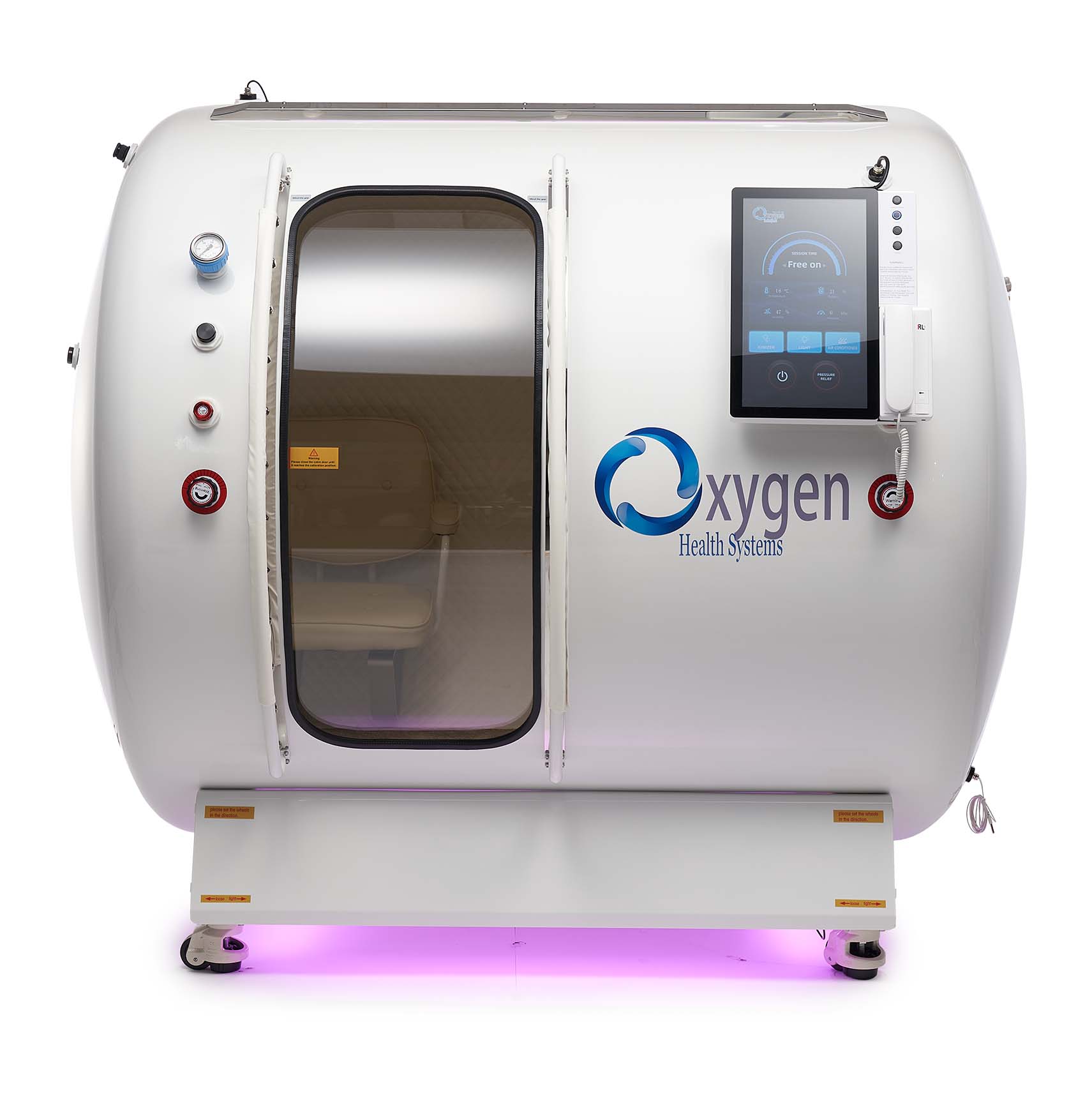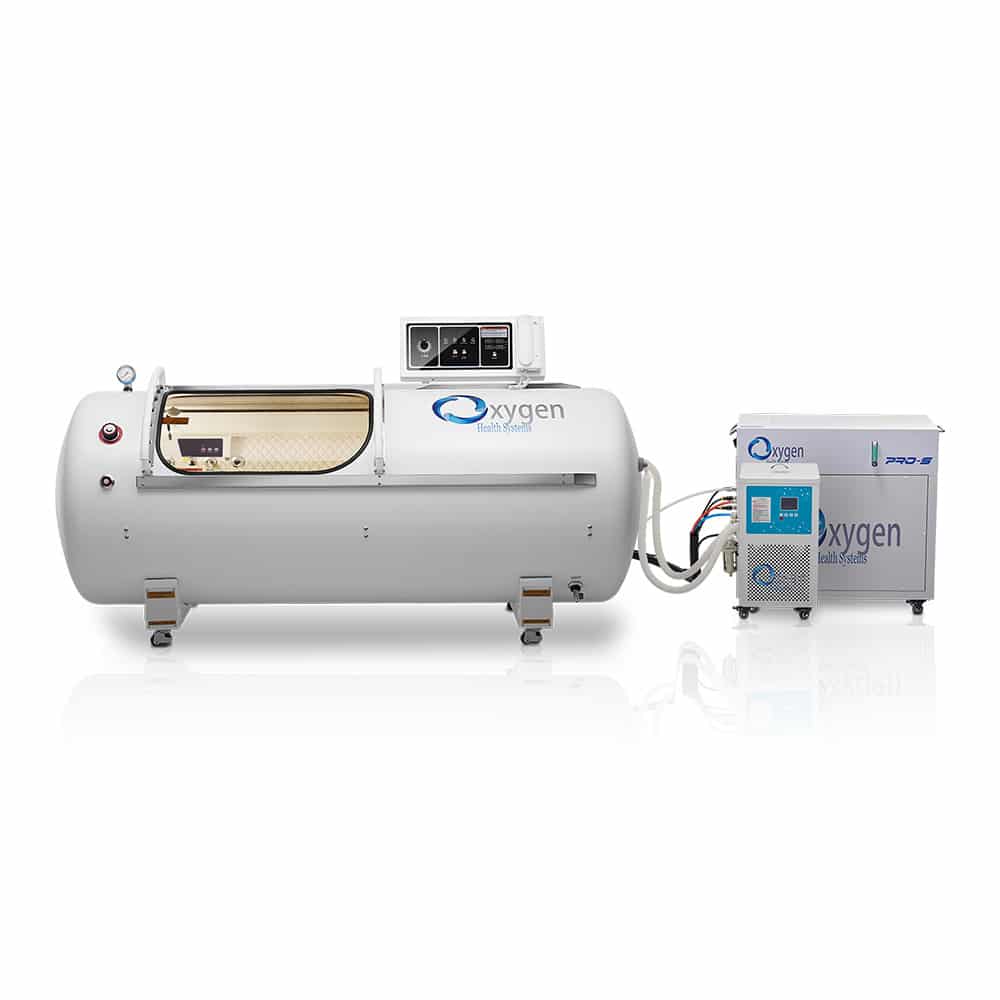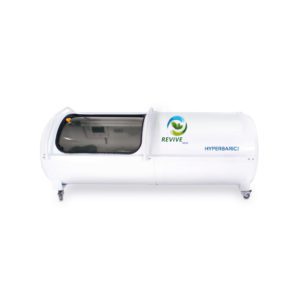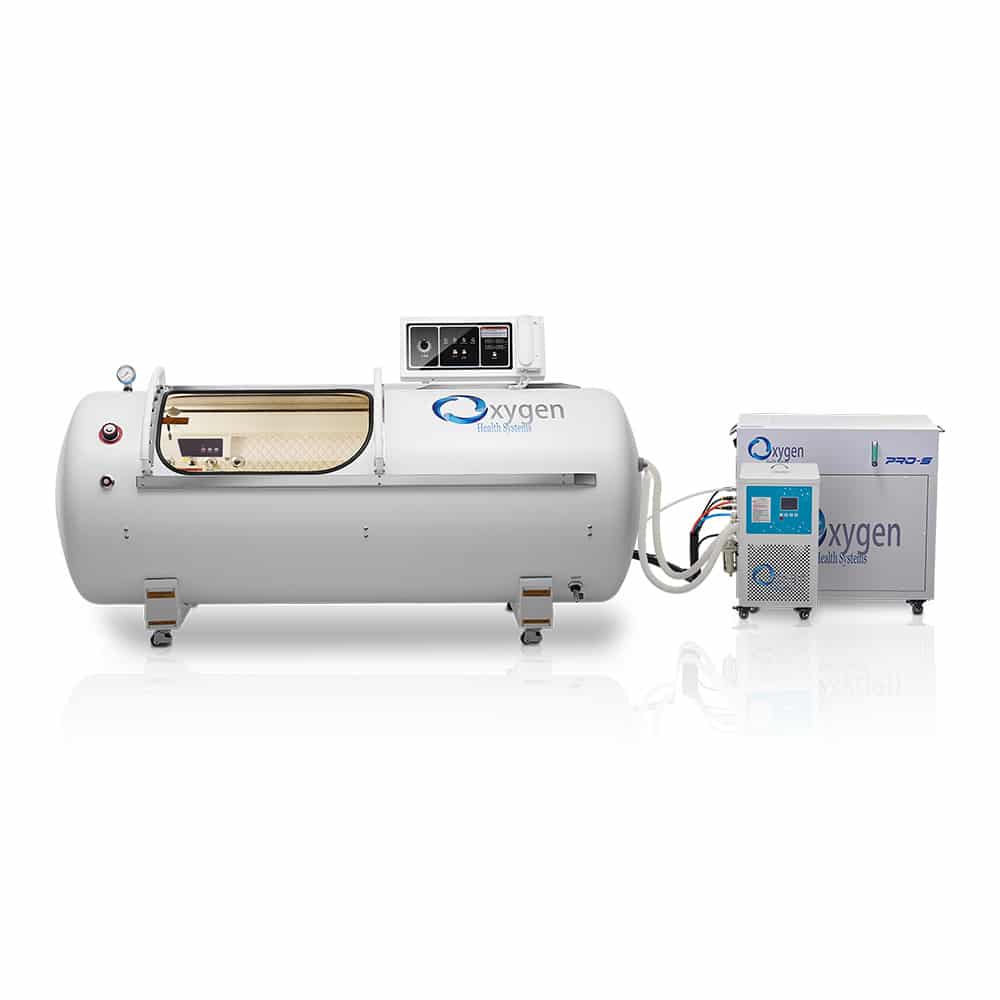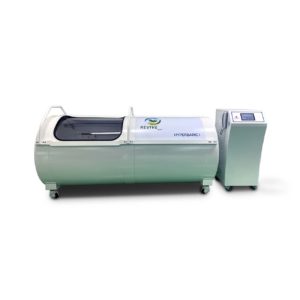Advanced Wound Healing with Hyperbaric Chamber Wound Care
Chronic wounds can take months to heal, increasing the risk of infection and complications. Hyperbaric oxygen therapy (HBOT) speeds up recovery by delivering 100% oxygen under high pressure, allowing more oxygen to reach damaged tissues. This promotes new blood vessel growth, reduces swelling, and fights infections.
The FDA has approved HBOT for treating diabetic foot ulcers, severe burns, and radiation injuries. Studies show that HBOT can increase oxygen levels in plasma from 3 mL/L to 60 mL/L, helping wounds heal faster and more effectively.
Whether used in hospitals, wound care centers, or at home, the right hyperbaric chamber can improve healing, reduce hospital visits, and enhance overall recovery.
Key Features of Wound Care Hyperbaric Chambers
Hyperbaric chambers for wound care are designed for safety, comfort, and effectiveness. These chambers use controlled oxygen pressure to speed up healing and reduce complications. Here’s what makes them effective:
Pressure Range: 2.0–3.0 ATA provides deep tissue oxygenation, helping chronic wounds heal faster. Example: The 34″D 2.5 ATA chamber is ideal for severe ischemic wounds.
Safety & Compliance: Built with FDA-cleared materials, fire-resistant construction, and pressure monitoring systems to ensure safe treatment.
Chamber Types:
- Multiplace: Large enough for clinics, like the 64" x 91" model for up to four patients.
- Monoplace: Compact and convenient for home use, such as the Elite Ultra 2 single-user chamber.
- User Comfort Features: Transparent walls help reduce anxiety, while adjustable seating ensures comfort during long sessions.
Benefits of Using Hyperbaric Chambers for Wound Recovery
Hyperbaric oxygen therapy (HBOT) offers proven benefits for wound healing by increasing oxygen supply to damaged tissues. Here’s how it helps:
- Faster Healing: Boosts tissue repair and reduces recovery time for chronic wounds like diabetic ulcers.
- Infection Control: Creates an oxygen-rich environment that kills anaerobic bacteria such as Clostridium perfringens and strengthens the immune response.
- Cost Savings: Reduces the need for hospital readmissions by allowing patients to receive treatment at home or in outpatient settings.
- Versatility: FDA-approved for multiple conditions, including burns, radiation injuries, and post-surgical wounds.
- Reduced Amputation Risk: Improves circulation and oxygenation, helping prevent amputations in patients with severe diabetic ulcers.
Applications of Hyperbaric Chambers in Wound Management
Hyperbaric oxygen therapy (HBOT) is widely used in medical settings to treat complex wounds that do not heal with standard care. Here’s where it makes a difference:
- Diabetic Foot Ulcers: Helps heal Wagner Grade 3 and higher ulcers by improving oxygen supply to damaged tissue. CMS recognizes HBOT under Medicare reimbursement codes, making it a covered treatment for eligible patients.
- Post-Surgical Recovery: Enhances healing after skin grafts and flap procedures, reducing complications. Covered under G0559 Medicare reimbursement codes, HBOT supports faster recovery and lowers the risk of surgical wound infections.
- Burn Treatment: Used in specialized burn centers to treat severe third-degree burns, reducing swelling, improving tissue repair, and preventing infection.
- Radiation Injury Recovery: Approved by the Undersea and Hyperbaric Medical Society (UHMS) for treating osteoradionecrosis, a severe side effect of radiation therapy that damages bone and soft tissue.
Choosing the Right Chamber for Wound Care
Finding the right hyperbaric chamber depends on treatment needs, pressure levels, and patient capacity. Here’s a breakdown of the best options:
- Elite Ultra 2: Operates at 2.0 ATA and fits one person, making it ideal for home use and diabetic ulcer treatment.
- 64″ Multiplace Chamber: Supports up to four people at 2.0 ATA, making it perfect for clinics and post-surgical rehabilitation.
- 34″D 2.5 ATA Chamber: Designed for one person, this model provides higher pressure (2.5 ATA) for treating severe ischemia and radiation injuries.
- Home vs. Clinical Use: Monoplace chambers like the Elite Ultra 2 are great for home care, while multiplace chambers like the 64″ model are suited for medical facilities treating multiple patients.
Invest in Proven Wound Care Technology
Hyperbaric oxygen therapy (HBOT) is an FDA-approved, clinically backed treatment that enhances wound healing, reduces infections, and improves recovery for chronic conditions.
By increasing oxygen levels in damaged tissues, HBOT helps patients heal faster and avoid complications. It is a safe, effective, and cost-efficient solution used in both home and clinical settings.
If you have questions about hyperbaric chambers for wound care, our experts are here to help. Contact us today to learn more about treatment options and find the best solution for your needs.
Frequently Asked Questions
Sessions usually last 60–90 minutes, with most treatment plans requiring 30–40 sessions for optimal results.
Yes, they are FDA-approved for treating diabetic ulcers, severe burns, and radiation injuries.
Yes, but certain conditions like untreated pneumothorax must be ruled out before starting treatment.
Yes, 2.0 ATA is effective for most wounds, but 2.5 ATA is recommended for advanced ischemia and radiation injuries.


